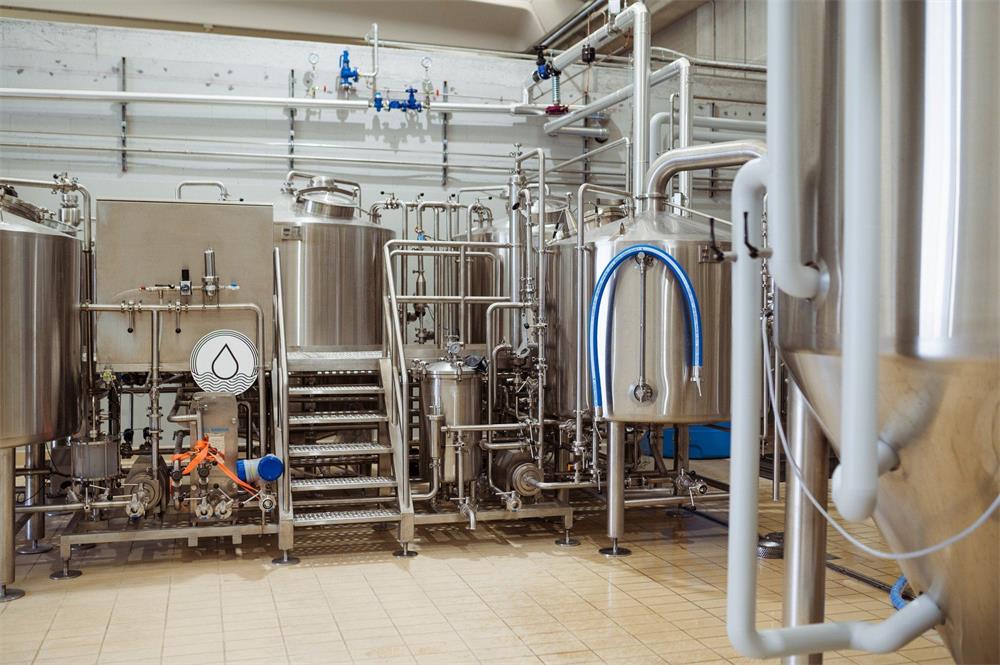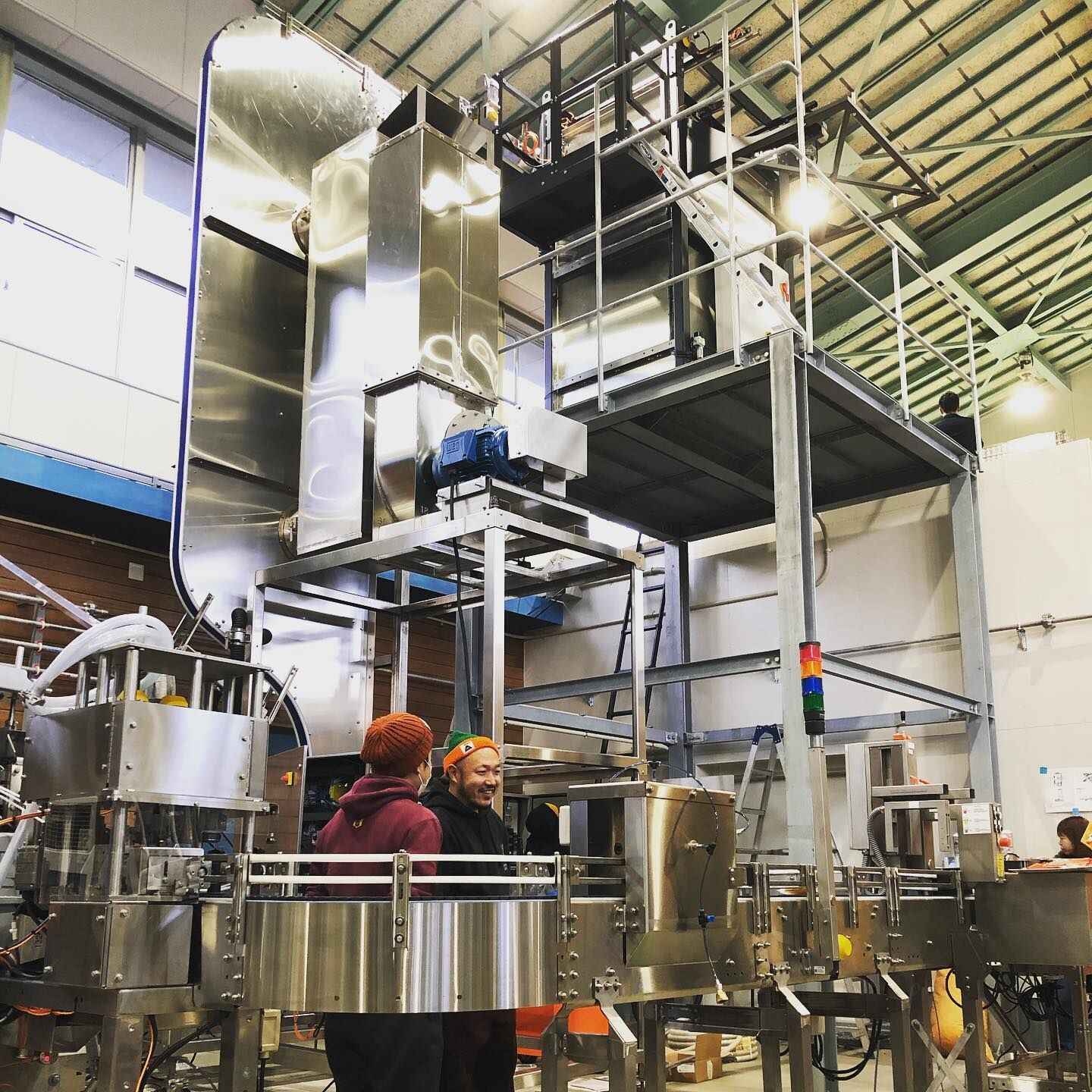Craft Making Machine
Crafting has evolved from a hands-on hobby to a multi-million-dollar industry, thanks to advanced machinery. Whether you’re a DIY enthusiast looking to add precision to your projects or a small business owner seeking efficiency, a craft making machine could be your best investment. From cutting intricate patterns to engraving custom designs, these machines do it all.
But before you jump in, it’s essential to understand the features, capabilities, and specifications that align with your needs. In this comprehensive guide, we’ll explore everything about craft-making machines—from what they are, how they work, to comparing models, price ranges, and installation tips.

Overview: What is a Craft Making Machine?
Craft-making machines are versatile devices designed to automate and enhance various craft processes. These machines handle tasks like cutting, engraving, embossing, and even painting, depending on the type. Whether working with paper, fabric, leather, or even wood, craft-making machines can dramatically reduce the time spent on manual tasks while increasing precision and output quality.
For those into DIY projects, these machines unlock endless creativity, allowing users to customize products with ease. For small businesses, craft-making machines streamline production and allow for bulk creation of products without sacrificing craftsmanship.
Guide to Craft Making Machine Equipment
Selecting the right equipment can be daunting, but breaking down the process makes it easier. Craft machines come in a variety of forms, each suitable for different materials and crafts. Let’s examine the most common types and their applications.
Types of Craft Making Machines and Applications
| Type | Key Applications | Common Materials Used |
|---|---|---|
| Vinyl Cutters | Cutting intricate designs and shapes for decals, signs, etc. | Vinyl, paper, cardstock, and sticker paper |
| Laser Engravers | Engraving and cutting precise designs for art or branding | Wood, acrylic, glass, leather, and metals |
| Embossing Machines | Creating raised patterns or textures on paper and fabric | Paper, cardstock, fabric, leather |
| 3D Printers | Building objects layer by layer using plastic or resin | PLA, ABS, resin, and other 3D printing filaments |
| CNC Machines | Milling and cutting materials for woodwork, metal, or plastics | Wood, metals, plastics, and composites |
| Heat Presses | Applying designs onto textiles using heat transfer | Fabric, T-shirts, hats, mugs, and other soft materials |
Each type of machine caters to specific materials and tasks. Vinyl cutters, for instance, are ideal for personalizing stationery or decals, while CNC machines and laser engravers are suited for more heavy-duty tasks like woodworking or engraving metal for professional crafts.
Craft Making Machine Price Range
One of the most important considerations when purchasing a craft-making machine is the price. Machines range from affordable options suitable for hobbyists to expensive industrial models for businesses.
| Machine Type | Price Range (USD) | Features to Expect at This Range |
|---|---|---|
| Vinyl Cutters | $150 – $500 | Basic software integration, easy material cuts, small projects |
| Laser Engravers | $400 – $5,000 | Precision cutting, engraving capabilities, varied material use |
| Embossing Machines | $100 – $600 | Manual to electric models, different embossing plates |
| 3D Printers | $200 – $3,000+ | From beginner kits to high-precision resin printers |
| CNC Machines | $500 – $10,000+ | Large cutting areas, advanced software integration |
| Heat Presses | $150 – $1,000+ | Digital controls, larger pressing areas, T-shirt presses |
As you can see, price varies significantly depending on the complexity, size, and brand of the machine. For someone just getting started, a basic vinyl cutter or heat press might be enough, while professionals might want to invest in a high-end CNC or laser engraver to expand their capabilities.
How to Choose the Right Craft Making Machine
Choosing the right machine depends on multiple factors. Here’s a quick breakdown of considerations:
| Factor | Why It’s Important | Example Considerations |
|---|---|---|
| Material Compatibility | Not all machines work with every material. Know what you’ll be working with the most. | Does it cut wood, fabric, metal, or vinyl? |
| Size and Space | Machines range from small tabletop models to large industrial setups. | Do you have enough room in your workspace? |
| Skill Level | Some machines are plug-and-play, others require extensive setup or learning curve. | Are you a beginner or experienced user? |
| Software Integration | Some craft-making machines come with built-in software, while others require third-party tools. | Can you operate the design software? |
| Output Quantity | Small machines are great for individual projects, but large-scale production requires advanced machines. | Do you need mass production or one-off designs? |
| Customization Capabilities | For businesses, having the option to customize every aspect of your craft is crucial. | Can you modify the designs easily? |
If you’re a casual hobbyist, you probably don’t need a machine with industrial-level capacity. However, if you’re launching a crafting business, it’s worth investing in a higher-end machine that can handle the demands of professional work.
Craft Making Machine Setup: Installation, Operation, and Maintenance
To ensure your machine runs smoothly, it’s essential to know how to install and maintain it properly. Here’s what you need to consider for each stage:
| Aspect | Details |
|---|---|
| Installation | Depending on the machine type, installation may be simple or require professional setup. For example, a laser engraver needs precise calibration, while a vinyl cutter may only require plugging in and installing the software. |
| Operation | Machines come with different learning curves. Vinyl cutters are generally easy to operate, while CNC machines need a solid understanding of CAD/CAM software for optimal results. |
| Maintenance | Each machine has its own maintenance needs. Laser engravers need lens cleaning and component alignment, while 3D printers require regular calibration and filament replacement. |
Proper maintenance extends the life of your machine, ensuring that it runs efficiently and safely for years.
Customization Options in Craft Making Machines
Customization is key for those who are using these machines in business settings or highly personalized craft projects. Let’s break down what customization looks like:
| Customization Option | Description |
|---|---|
| Design Software | Some machines allow you to design patterns, logos, and texts from scratch. Look for software that supports common file formats like SVG, PNG, and PDF for flexibility. |
| Cutting and Engraving Depth | Advanced models let you adjust the depth of cutting or engraving, allowing for more intricate and professional-looking designs. |
| Embossing Plates or Dies | In embossing machines, interchangeable plates can create various patterns, textures, and effects on paper or fabric. |
| Color or Material Options | 3D printers and laser cutters offer flexibility in terms of the materials they can handle, including colors, thicknesses, and textures. |
The ability to customize makes craft-making machines valuable for personal use, prototyping, and even small-scale manufacturing.
Top Suppliers and Price Ranges for Craft Machines
Choosing a supplier can be as important as selecting the machine itself. Here’s a look at the top suppliers and their price ranges:
| Supplier | Machine Types Offered | Price Range (USD) |
|---|---|---|
| Cricut | Vinyl cutters, heat presses | $150 – $500 |
| Glowforge | Laser engravers | $3,000 – $6,000 |
| Silhouette America | Vinyl cutters, embossing machines | $100 – $400 |
| X-Carve | CNC machines | $2,000 – $10,000+ |
| Ultimaker | 3D printers | $1,200 – $4,500 |
Each of these brands offers unique benefits depending on your crafting needs. For example, Cricut is famous among hobbyists for their affordable, easy-to-use vinyl cutters, while Glowforge targets professionals with powerful, user-friendly laser engravers.
Pros and Cons of Craft Making Machines: Comparing Features
Let’s dive into the advantages and limitations of craft-making machines across different categories:
| Machine Type | Advantages | Disadvantages |
|---|---|---|
| Vinyl Cutters | Affordable, easy to use, versatile | Limited material options, small cutting size |
| Laser Engravers | High precision, versatile material options | Expensive, requires safety precautions |
| Embossing Machines | Adds professional finishes to paper and fabric | Limited to flat surfaces, manual labor needed for manual models |
| 3D Printers | Allows creating complex objects from scratch | Time-consuming, limited by material options |
| CNC Machines | Great for woodworking and metals, customizable designs | Requires technical knowledge, expensive |
| Heat Presses | Quick and easy for T-shirt and fabric printing | Limited to textiles, risk of uneven pressure |
This comparison highlights that while all machines have their strengths, some limitations need to be considered depending on your crafting goals.
How to Choose the Best Supplier for Your Craft Making Machine
Selecting the right supplier is crucial for a successful purchase. Here are some tips for making an informed decision:
| Criteria | Details |
|---|---|
| Reputation and Reviews | Choose suppliers with a strong reputation and customer reviews. Look for reviews that speak to durability, customer service, and ease of use. |
| Warranty and Support | Machines should come with a warranty and accessible customer support. This will help if you run into any issues or need parts replaced. |
| Shipping and Delivery | Check shipping costs and delivery times. Large machines may have higher shipping costs, and delays could affect your production timeline. |
| Customization and Flexibility | Some suppliers offer customizations for their machines. Make sure your supplier can provide what you need. |
| Price and Payment Options | Compare prices and check for financing options if the machine is a large investment. |
By carefully considering each of these factors, you can ensure that you choose a supplier that meets your needs and delivers a high-quality product.

FAQs
Here’s a quick FAQ section addressing common concerns:
| Question | Answer |
|---|---|
| What materials can craft-making machines handle? | Different machines handle various materials such as vinyl, paper, fabric, leather, wood, and metal. |
| Are craft-making machines difficult to operate? | Most machines are user-friendly, but advanced models like CNCs may require learning CAD software. |
| How much do craft-making machines cost? | Prices range from $100 for basic models to over $10,000 for industrial-grade machines. |
| Can I use my own designs with these machines? | Yes, many machines allow you to upload and customize your own designs using compatible software. |
| What is the lifespan of a craft-making machine? | With proper maintenance, a machine can last anywhere from 5 to 10 years, depending on use and model. |
Conclusion
Investing in a craft-making machine can be a game-changer whether you’re a weekend crafter or a small business owner. With endless options available, from vinyl cutters to CNC machines, you can choose one that suits your budget, needs, and creative aspirations. Always consider material compatibility, price range, skill level, and long-term goals before making your purchase.
Share this entry
Interested in learning more about Brewing Systems including additional details and pricing information? Please use the form below to contact us!
YOLONG BREWERY EQUIPMENT FAQS
- Commercial Brewery / Craft Brewery / Microbrewery / Nanobrewery
- What is The Difference Between Craft Beer and Industrial Beer?
- The Bespoke Differences In Custom Brewing Systems
- Everything You Need to Know About Kettle Souring
- How to Choose Brewing Equipment for Your business?
- How To Choose The-Best Partner To Build Your Commercial Microbrewing System?
- Two Detection Sensors That You Need To Use In Your Brewhouse System
- Remote Control Applications in Brewing Equipment/How does it work?
- How To Clean Your Brand New Brewery Tanks?

